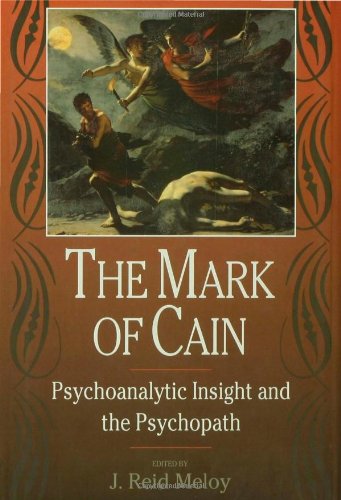

Most ebook files are in PDF format, so you can easily read them using various software such as Foxit Reader or directly on the Google Chrome browser.
Some ebook files are released by publishers in other formats such as .awz, .mobi, .epub, .fb2, etc. You may need to install specific software to read these formats on mobile/PC, such as Calibre.
Please read the tutorial at this link: https://ebookbell.com/faq
We offer FREE conversion to the popular formats you request; however, this may take some time. Therefore, right after payment, please email us, and we will try to provide the service as quickly as possible.
For some exceptional file formats or broken links (if any), please refrain from opening any disputes. Instead, email us first, and we will try to assist within a maximum of 6 hours.
EbookBell Team

4.1
90 reviewsThe Mark of Cain makes available for the first time the accumulated psychoanalytic understanding of the psychopathic mind. Editor Reid Meloy, a leading authority on the psychology of the psychopath, has brought together in a single collection the most historically important psychoanalytic papers on the psychopath and delineted their continuing relevance to contemporary understanding.
According to Meloy, two theoretical traditions flow into the psychoanalytic understanding of psychopathy. The first tributary focuses on the early development of the psychopath in order to illuminate how a profound alteration in self-regard leads both to a denigration of the other and to an impulsive search for gratification in the present. The second tributary seeks to locate the psychopathic miscarriage of human potentiality within analytic theories of personality structure and clinically grounded differential diagnosis. Meloy presents the major contributions associated with both of these traditions. Included within this body of literature are the original formulations of concepts that have long since become part of the psychoanalytic nomenclature: the "affectionless" juvenile offender, the diagnostic significance of "affect hunger," the behavioral consequences of "superego lacunae," the recourse to promiscuous identification in "the impostor," and the paradoxically lethal lure of "malignant narcissism." Of special interest are Meloy's historical notes to each chapter and two section introductions, the latter major essays in their own right.
The explosion of empirical research on psychopathy over the past two decades masks the fact that much contemporary work in this area is grounded in the clinical formulations of leading psychoanalysts of the twentieth century. The Mark of Cain rescues this intimate understanding of the inner world of the psychopath and thereby contributes to clinical realism in the face of deception, manipulation, exploitation, and even frank dangerousness.